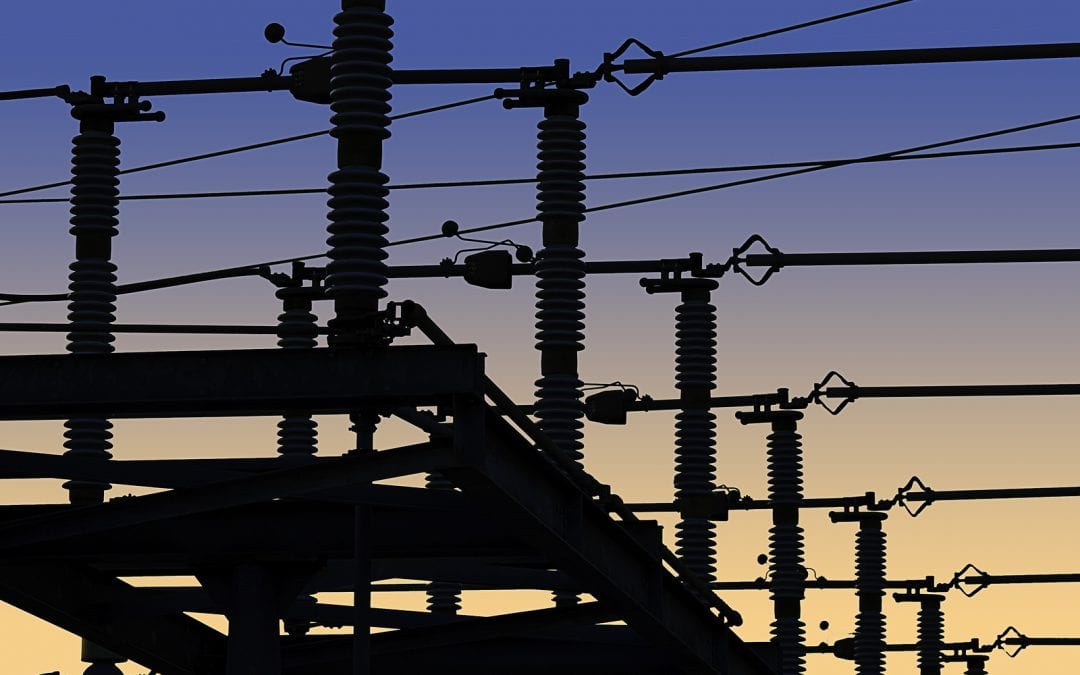Energy companies have been reminded of the importance of keeping electricity running through distribution boards after three firms have been collectively fined £10.5 million for a major power cut last August.
Ofgem released a report regarding an investigation into the power shortage on August 9th, which affected more than one million people, particularly those who travelled on the rail network.
It determined the major power cut occurred because an offshore wind farm that was being operated by Hornsea One Ltd stopped generating electricity after a lightning strike. In addition to this, a gas power station operated by RWE also lost power.
While the technical issues were resolved, further complications persisted when a smaller local generation also failed to operate, which meant that while back-up generators were being utilised for the first two outages, there was not enough reserve power available for all three.
As a result, local network operators disconnected some consumers in an attempt to avoid disruption on a much larger scale.
However, commuters were most affected, as the loss of power meant that some trains were not able to operate, leading to extensive delays.
Executive director of Ofgem Jonathan Brearley said: “Consumers and businesses rely on generators and network companies to provide a secure and stable power supply. August 9th showed how much disruption and distress is caused to consumers across the UK when this does not happen.”
Consequently, power stations Hornsea One Ltd and Little Barford, which is operated by RWE, will each make a voluntary payment of £4.5 million, which will go into Ofgem’s redress fund.
UK Power Networks (UKPN) is also paying £1.5 million after breaching rules when it reconnected customers without permission from the National Grid Electricity System Operator (ESO).
Questions have been raised regarding ESO’s management of the system, and the investigation has highlighted the necessity for a review into the structure and governance of the ESO.
Mr Brearley stated: “As the energy market changes it is vitally important we future-proof the networks to ensure consumers continue to benefit from one of the most reliable electricity systems in the world.”
The regulator has issued its recommendations to improve the UK’s electricity system to ensure it is one of the most reliable in the world. Following the summer’s power outage, which meant one million commuters struggled to get to work or home, it is clear there is still some way to go.
Indeed, a power cut in Bolton earlier this week left more than 2,500 homes without electricity, Bolton News revealed.
An Electricity North West spokesman said: “At 7.26pm our control room had notification that 2,545 properties had a power cut. We think that tripped something which made the numbers rise to 2,598.”
The majority of homes had their electricity restored within a few minutes. However, it took around an hour for the remaining properties to access power.
It is not just Bolton that has suffered from shortages from Electricity North West this week, as the company’s Twitter account revealed power cuts in Preston, Whitehaven, Chadderton, and Oldham as well.
Additionally, Bridport residents suffered an electricity blackout last week when 500 homes were left without power.
Bridport News reported how a high voltage fault had occurred on January 17th, leaving properties in the dark at around 18:30.
Western Power Distribution’s engineers switched around the network to isolate the fault in order to restore power to customers. An hour and a half after the power cut occurred, more than 200 homes were still left without electricity.
It advised customers not to use sensitive equipment such as computers or TVs while the fault was taking place, as power could come in and out until it is fully restored.
According to the news provider, it took until 21:00 for the problem to be fixed.
Schools, hospitals, businesses and households that suffer from a power cut have been advised on what to do in the situation. Electricity North West recommends dressing in several layers and wearing a hat indoors to keep warm; limiting use of electronic devices that are likely to run out of charge or putting them on low power mode; leaving one light on in the house to know when the power is back on; switching off any appliances that would be dangerous if left unattended for when the electricity does come back on; covering tropical fish or reptile tanks with a blanket to keep the heat in; and keeping fridge and freezer doors closed, as food should remain chilled for a few hours without power.

